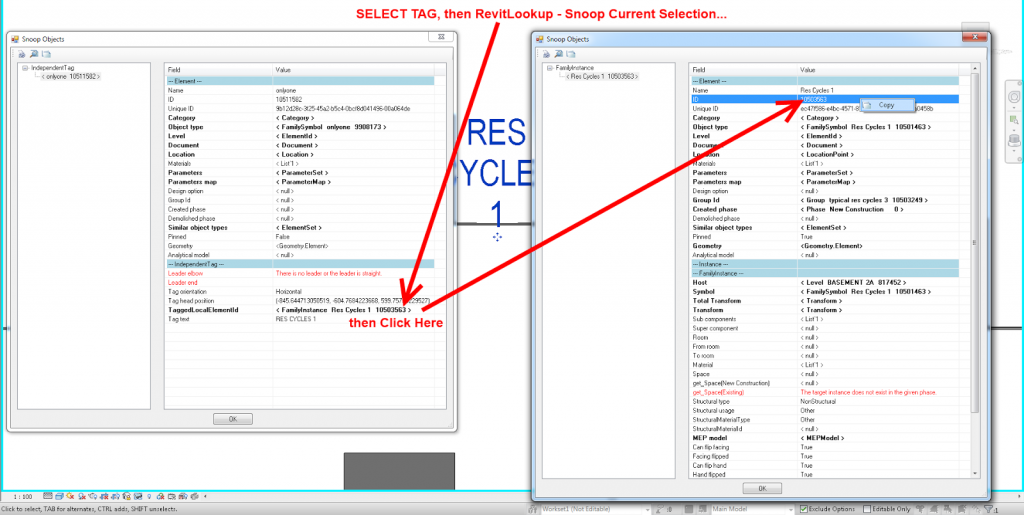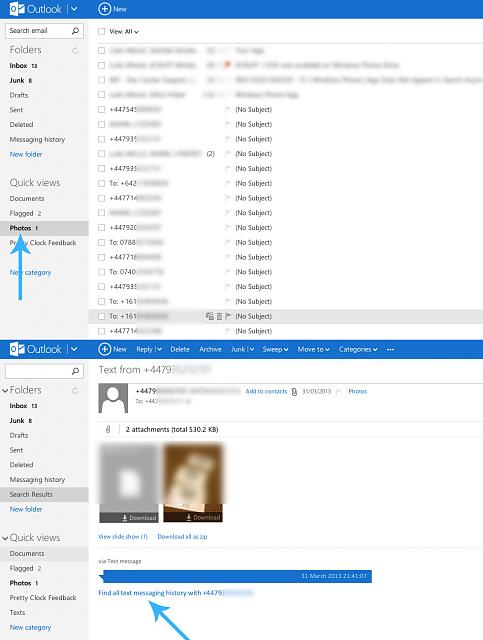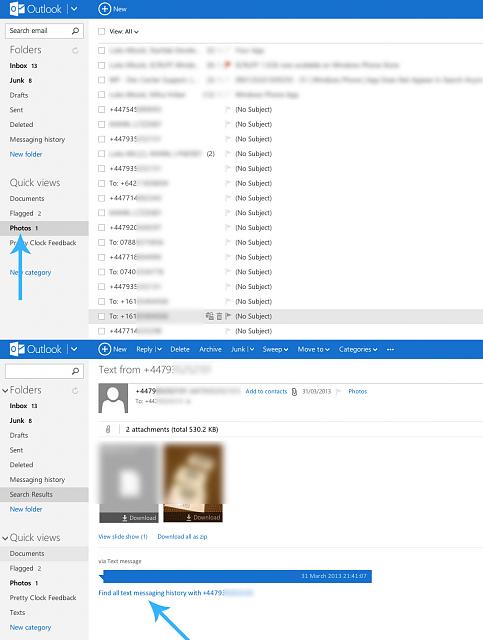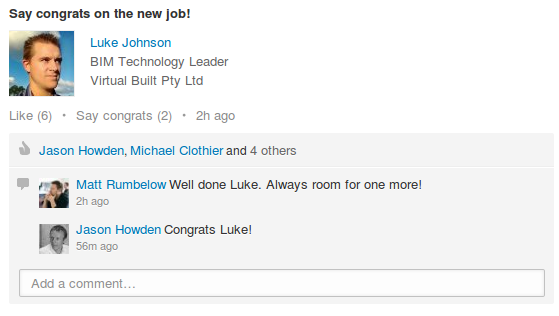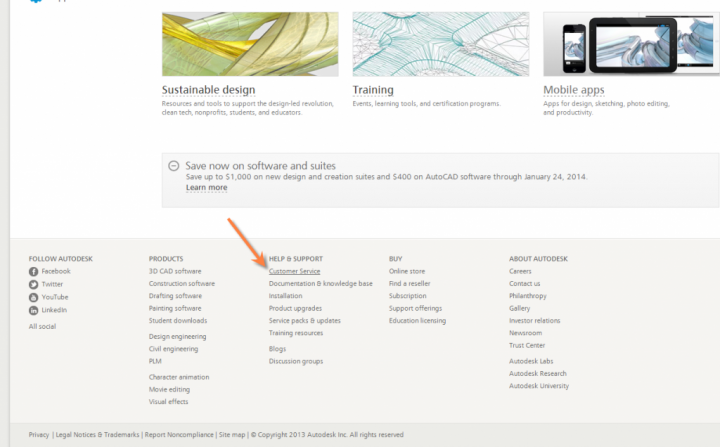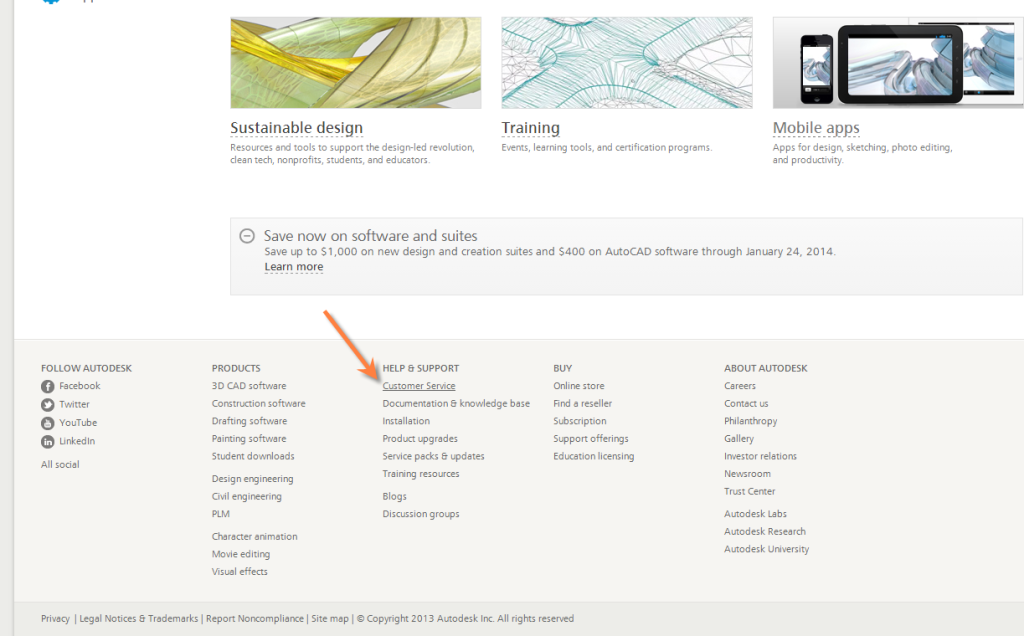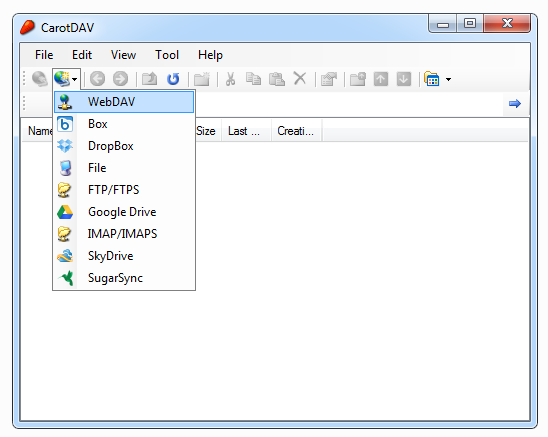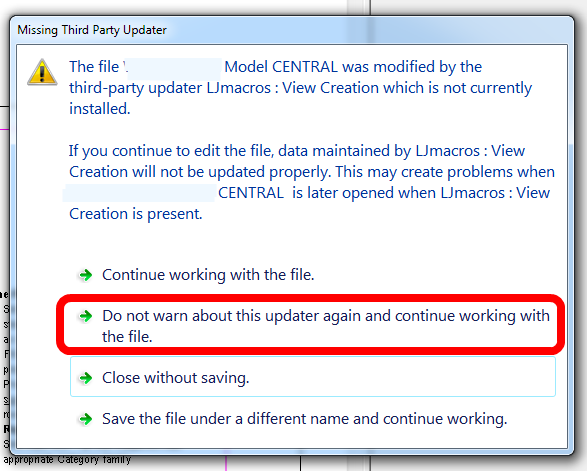Use RevitLookup, like this:
Check out “Two Minute Computation” by @andrewheumann of @NBBJDesign on Vimeo http://t.co/b32WWhnSug #computationaldesign
— Sean David Burke (@seandburke) January 30, 2014
Playlist length 1 hour 13 minutes:
Heads-up:
https://twitter.com/bimuniversity/status/429214556288983040
Login to Outlook, click on Messaging History.
The URL
should be similar to this…
https://blu154.mail.live.com/?n=1234…12345678&fid=b
If your remove the end bit after the equals sign and add &as=1
You will be able to see actual text messages directly in Outlook through web browser.
via
Wow look… View Text Message Backup in Outlook!? – Windows Phone Central Forums
As you may have seen on LinkedIn:
I am pleased to say that I have accepted a position with cutting edge BIM consultancy Virtual Built. I sincerely enjoyed my time at Woodhead, and I truly benefited from the depth of architectural experience as well as the broad project range I experienced there (in my relatively short tenure). Yet, it still felt like the right time (for me) to move closer to BIM technology, and take a small step away from pure architecture.
There are a number of reasons that this current position at Virtual Built feels like a good fit for my particular mix of knowledge and experience, and some of these reasons will be progressively revealed in future posts here.
Initially, I’d like to mention the 4 primary services that Virtual Built offers:
- BIM Coordination – assisting Builders and General Contractors with project coordination of models in Navisworks – solving problems before they become an issue on site.
- BIM Advice and Consulting – offering our expertise to a range of disciplines and professionals who are looking to maximise the financial benefits of BIM at the business-level, including Architects, Engineers, Consultants and Contractors.
- BIM Training – with years of project experience using Revit and Navisworks, alongside proven ability to deliver quality training, Virtual Built owner Michael Clothier and I are in a unique position to offer practical and pragmatic training that is suited to your needs.
- BIM Content Creation – including Revit modelling and documentation, family creation, project startup work, 3D rendering and visualization (such as for marketing purposes), and the provision of tailored BIM Execution Plans that are effective and current.
BIM really is here to stay. It will, of course, change and adapt over time. The question is – will you?
We would love to help you get on board with BIM and keep pace with this technology. Not simply “because everyone else is doing it”, but because we believe it can actually improve the profitability and quality of your work.
Please Contact us if you would like to learn more
This hotfix resolves three issues:
– Problems resulting from operations that involve clicking in the first column of the Clash results grid, such as collapsing/expanding groups, dragging clashes and resizing columns.
– Issues with material and transparency inconsistency when importing FBX files.
– Issues with the automatic selection of the correct Rendering engine (Presenter or Autodesk)
Downloads at:
via
Webinar archive by Edwin Guerra, Summit Technologies.
Heads-up:
http://www.bimblog.ca/2014/01/cad-crazy-about-dynamo.html
EDIT try this link first and click Start once the pane loads:
http://autodesk.creativevirtual15.com/autodesk/bot.html?isJSEnabled=1&businessArea=Root.Front%20Desk&startContext=Root.Front%20Desk
From CADsoft consulting:
Go to http://www.autodesk.com/
select the Customer Service button at the bottom of the home page.
Select the ASK button on the next page and the Virtual Agent will launch giving you access to a Download Links selection, as well as other choices.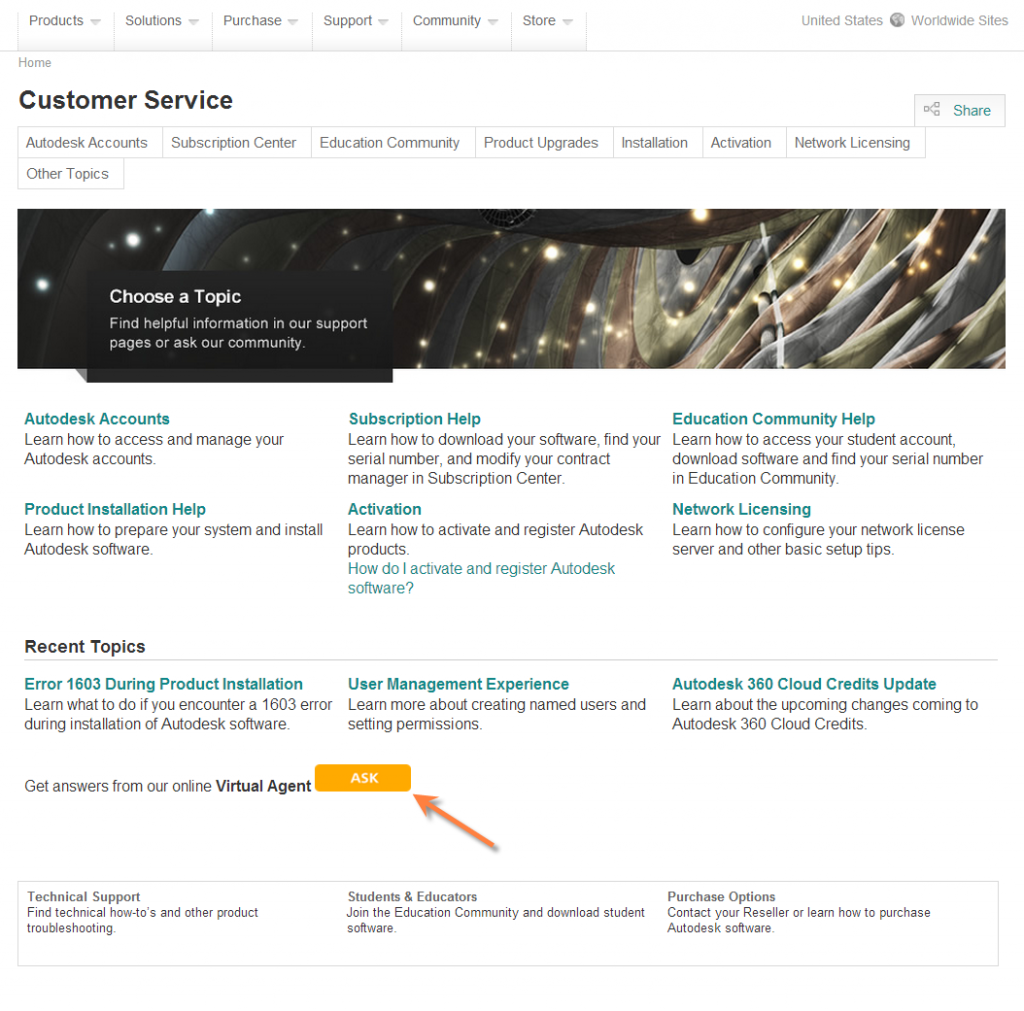
Read more:
http://www.cadsoft-consult.com/blogs/architecture/2014/01/download-an-autodesk-point-product-for-your-design-suite/
Interestingly, the Virtual Agent also has a “Top 10 Downloads of the Week” option. The result is pretty interesting:
Also:
#AutodeskAlert Our trusty Virtual Agent will be offline every other day for the next couple of weeks. Details here: http://t.co/ynaFyBcez2
— Autodesk Help (@AutodeskHelp) January 28, 2014
It’s called CarotDAV. Download latest portable version here
via
CarotDAV: Portable Client for Dropbox, SkyDrive, Google Drive, Box, FTP and More
From sasha.varsanofieva
You must close all local files, open and click do not warn on your central, and then recreate locals. Otherwise the locals will continue to write the tag back into your central and from your central into the locals.


